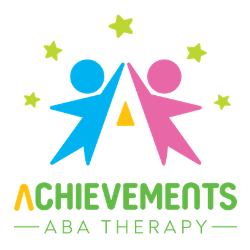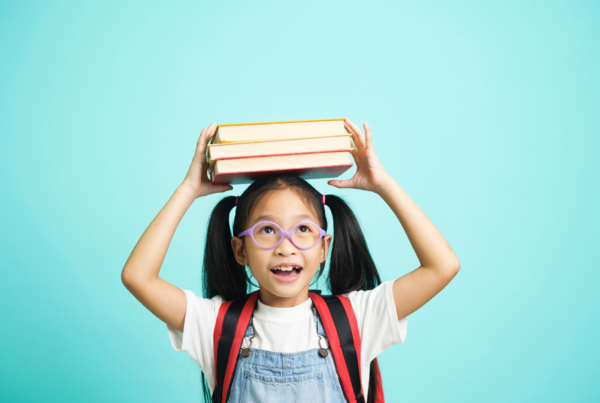Nurturing Fine Motor Skills in Children with Autism: Fun and Effective Activities
Welcome to our comprehensive guide dedicated to enhancing fine motor skills in children with autism. At Achievements ABA Therapy, we understand how important it is for children with Autism to develop these skills for everyday tasks. Fine motor skills are needed for things like writing, dressing, and handling objects. We’ve compiled a list of engaging activities to make learning fun and effective for children with autism.
Exploring Fine Motor Activities:
Fine motor skills development can be an exciting journey filled with exploration and growth.
Let’s dive into some fun activities designed to help children with autism improve their fine motor skills:
Puzzles are not only entertaining but also excellent for refining fine motor skills.
Start with simple puzzles and gradually progress to more complex ones.
Puzzles are great for promoting
- hand-eye coordination
- spatial awareness
- problem solving abilities.
These skills are important for fine motor development especially for child with Autism.
Building blocks are fantastic tools for fostering your child’s development. Encourage your child to explore building blocks, as manipulating and constructing various structures with them offers numerous benefits:
- Fostering Hand Strength and Coordination: Handling building blocks requires gripping, stacking, and maneuvering, which helps strengthen hand muscles and improve coordination.
- Encouraging Creativity and Imagination: Building with blocks encourages creativity as children experiment with different configurations and designs, fostering imaginative play.
- Enhancing Spatial Awareness: Sorting, stacking, and arranging blocks in different ways help children develop spatial reasoning skills, enabling them to understand how objects fit together in space.
- Promoting Problem-Solving Skills: Figuring out how to balance blocks, create stable structures, and solve spatial challenges encourages problem-solving and critical thinking.
- Developing Language and Social Skills: Collaborative block play can facilitate communication, turn-taking, and cooperation as children work together to build and create.
Overall, block building provides a versatile and engaging way for children to learn and grow, making it a valuable activity for children of all abilities, including those with autism.
Drawing on a Magna Doodle board helps refine control and precision. Magna Doodle boards encourage children to trace shapes and patterns with ease.
Bead Lacing for Fine Motor Enhancement
Introduce lacing beads activities to enhance
- finger dexterity,
- hand-eye coordination,
- concentration
as children thread beads onto strings or wires.
Incorporate linking toys into play sessions to promote finger manipulation and coordination, encouraging children to connect and disconnect pieces.
Coloring: Refining Motor Control and Creativity
Provide opportunities for coloring activities to refine
1.hand control
2. grip strength
3. creativity
fostering fine motor skill development in children with autism.
Clicks: Strengthening Fine Motor Muscles
Explore toys with clicking mechanisms to engage sensory feedback and strengthen hand muscles, supporting fine motor skill enhancement.
These toys also help children understand cause-and-effect relationships nurturing both cognitive development and fine motor skills.
Bristle Blocks: Tactile Tools for Development
These tactile blocks are easy to grasp and promote fine motor skills.
Pom-poms in a Bottle or Bowl: Improving Fine Motor Coordination
Engaging in the activity of transferring pom-poms with tweezers not only entertains but also enhances hand-eye coordination.
Mr. Potato Head: Fostering Skills and Creativity
Participating in the assembly of Mr. Potato Head not only sparks creativity but also aids in refining fine motor skills.
Children can experiment with different facial features and accessories, fostering imaginative play and dexterity.
Bubble Wrap Popping Toys: Sensory Stimulation and Fine Motor Engagement
Popping bubble wrap provides a satisfying sensory experience while also encouraging repetitive hand movements.
Children can enjoy the
1.tactile sensation
2. auditory feedback
which can be both calming and stimulating.
Ring Stacker: Enhancing Hand-eye Coordination
Stacking rings onto pegs not only entertains but also sharpens hand-eye coordination.
Children can practice aligning the rings and placing them onto the pegs with accuracy, promoting
1.fine motor skills
2. spatial awareness.
Shape Sorter: Boosting Coordination and Problem-Solving Skills
Matching shapes to slots isn’t just fun—it’s a great way to boost coordination and problem-solving skills.
As kids figure out which shape goes where, they improve their hand-eye coordination by fitting the pieces just right.
Plus, they get to flex their problem-solving muscles as they try different approaches to get each shape in place.
It’s interactive play that helps kids learn and grow while having a blast!
Conclusion:
By engaging in these activities regularly, children with autism can improve their fine motor skills and gain confidence in daily tasks. At Achievements ABA Therapy, we’re dedicated to providing resources to support children’s development.



















